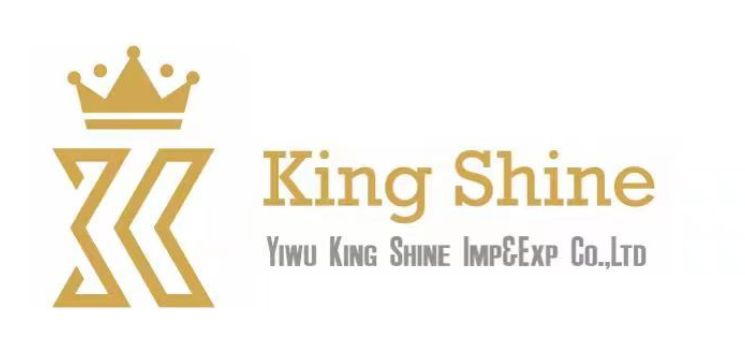
The fast-moving consumer goods (FMCG) industry, with its kaleidoscope of products, is a staple of everyday life. It is virtually impossible to go a day without encountering a product from this sector, whether it’s a toothpaste, a snack, or a cosmetic item. Over the years, FMCG has undergone significant transformations, moving from localized markets to the global stage. This evolution story is as much about business innovation as it is about understanding the consumer.
Beginnings in Local Markets
Historically, FMCG products were intrinsically local. The local bakery, the community grocery store, and the town’s butcher were the heartbeat of communities. These businesses thrived on personal relationships, understanding the unique needs of their clientele, and offering products that catered specifically to local tastes and preferences.
Rise of Branding & Mass Production
The Industrial Revolution brought with it the advent of mass production. FMCG companies realized that they could produce goods on a larger scale, reaching a broader audience. But with this scalability came a challenge: how do you maintain product consistency? The answer was branding. Brands became a promise of quality, trust, and consistency.
Transportation and Global Distribution
As transportation methods improved, especially with the advent of railways and more efficient sea routes, FMCG products began to find their way across borders. The local bakery’s bread might have been confined to one town, but a branded toothpaste could now be found in shops hundreds or even thousands of miles away. This era marked the beginning of the FMCG industry’s globalization.
The Age of Consumerism and Advertising
The 20th century ushered in a new era for FMCG. Television and later the internet changed the way companies advertised their products. It was no longer just about the product; it was about the lifestyle, the aspiration, and the dream. Brands like Coca-Cola became synonymous not just with a drink, but with an entire cultural ethos.
Emergence of Asian Markets
In the late 20th and early 21st centuries, as Western markets became saturated, FMCG giants turned their attention to Asia, especially countries like China and India, with their vast populations and burgeoning middle classes. These new markets brought with them a need for localization of products, leading to a beautiful blend of global brand consistency with local flavor.
Challenges on the Global Stage
However, going global wasn’t without its challenges. Navigating the intricate web of international regulations, understanding diverse cultural nuances, and catering to varied tastes while maintaining brand integrity required immense skill and adaptability.
Digital Revolution & E-commerce
The digital age has once again transformed the FMCG landscape. Brands can now engage with their consumers directly, understand their preferences in real-time, and tailor their offerings accordingly. E-commerce platforms have expanded the reach of FMCG products, making it possible for someone in Brazil to order a beauty product from South Korea with just a click.
Sustainability and Ethical Consumption
The latest chapter in the FMCG evolution story is the global shift towards sustainable and ethically produced goods. Consumers today are more informed and concerned about the environmental and social impact of their purchases. Brands are responding by adopting sustainable practices, transparent supply chains, and ethical sourcing.
In Conclusion
The FMCG sector’s journey from local markets to global powerhouses is a testament to human ingenuity, adaptability, and the relentless pursuit of growth. As we stand on the cusp of a new decade, it’s exciting to ponder what the next chapter in this incredible story will be.


